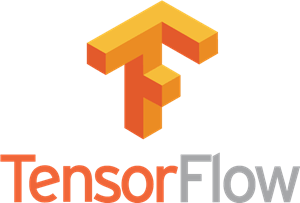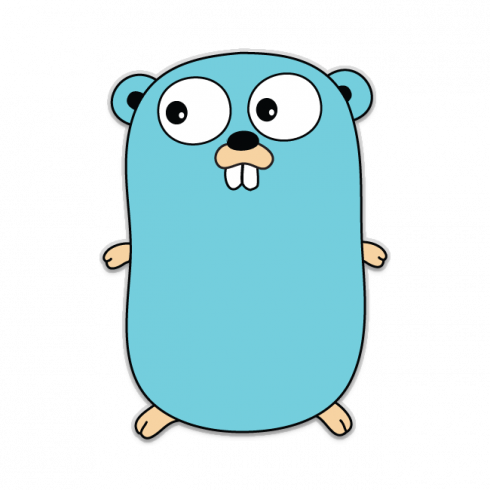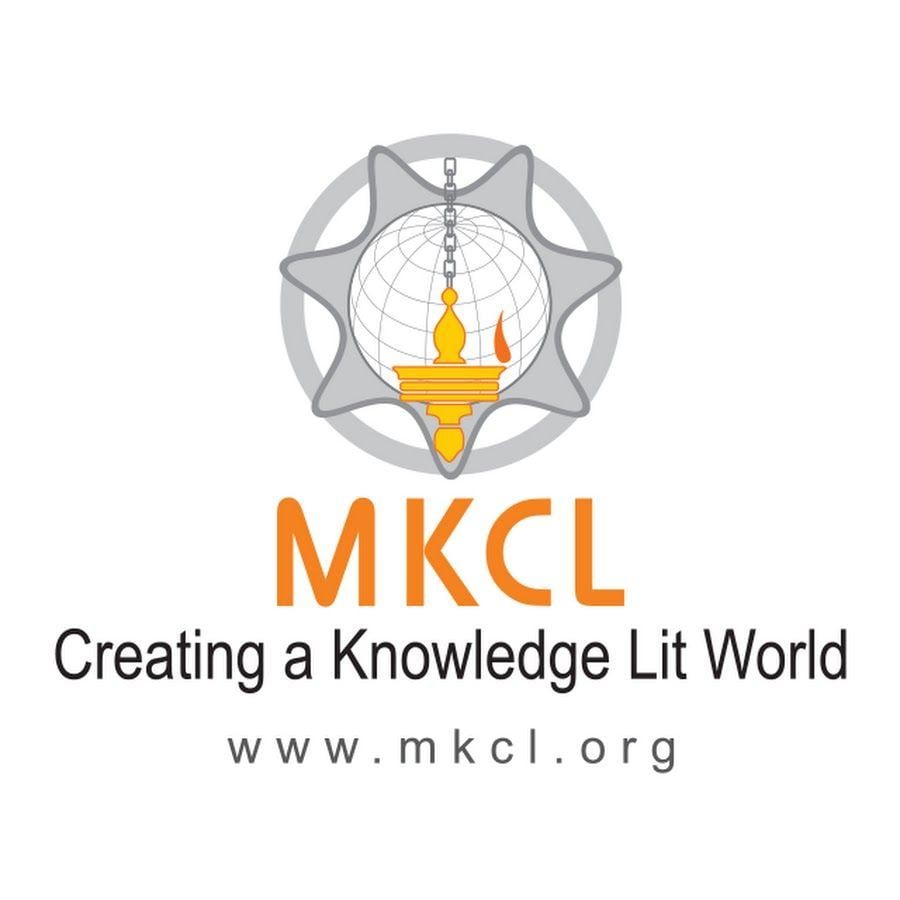Hi! I’m Shivanjan
Your friendly neighbourhood Software Engineer
Find out morePython
● Developed applications Deep learning, Natural Language Processing● Built backends using Flask, Django, Tornado.● Opensource hacks for Kombu, Celery, CloudCustodian● eBPF● AMQP (RabbitMQ, CloudMQ, KubeMQ)● MQTT● gRPC
Pytorch
● Training and modifying Tacotron 2● T5 transformer● m2m100
Tensorflow
● Hand tracking● Object detection● Face recognition● Pose estimation
NumPy
● Statistical model● TOPSIS, MCDMA, Optimization
spaCy
● NER, Semantic Analysis, Sentiment analysis● DistilBERT, RoBERT
LangChain
● Intent driven chatbot integration with OpenAI
OpenCV
● Face recognition● Object detection● Self driving car● Shipping container defect detection
HuggingFace
● Depth Estimation● Image Classification● Object Detection● Image Segmentation● Image-to-Image● Unconditional Image Generation● Video Classification● Zero-Shot Image Classification● Text-to-Speech● Text-to-Image● Text-to-Video● Voice Activity Detection● Text Classification● Token Classification● Table Question Answering● Question Answering● Zero-Shot Classification● Translation
ChatGPT
● Intent driven chatbot● Customer support bot
Go
● Built backends using Gin, Gorilla mux, echo, chi.● Built networking tools.● Built security tools to scan malware and perform compliances● Built tools to reverse engineer container images● Secure storage for AI models● Opensource hacks for libopenstorage, Google/ubbagent● AMQP (RabbitMQ, CloudMQ, KubeMQ)● MQTT● gRPC● CGo
Kubernetes
● Multicloud deployment● Container storage interface● Container networking interface● Intra and inter cloud setup● Security and compliance● Baremetal setup from scratch● Proxy and VPN setups● Fault resilient deployments● Custom kubelet plugins and hacks
C++
● BOOST libraries● WebRTC● gRPC● OpenCV
C
● libAV● WebRTC● Linux kernel● eBPF
Skills
Click the images below to find out more
Python
Pytorch

Tensorflow
NumPy

spaCy
LangChain

OpenCV

HuggingFace
ChatGPT

Go
Kubernetes

C++

C
Experience
Member of Technical Staff 3
Pure Storage
October 2022 - Present

Backend Engineer
Augnito.ai
January 2022 - September 2022

Developer
CloudCover
October 2020 - January 2022

Software Engineer
Oostelijke Onderneming LLC
November 2019 - October 2020

Project Trainee
Maharashtra Knowledge Corporation Limited
July 2018 - August 2019

Student Developer
Google Summer of Code
2018
Education

Biju Patnaik University of Technology
B.Tech Computer Science Engineering
2014 - 2018
Publications



